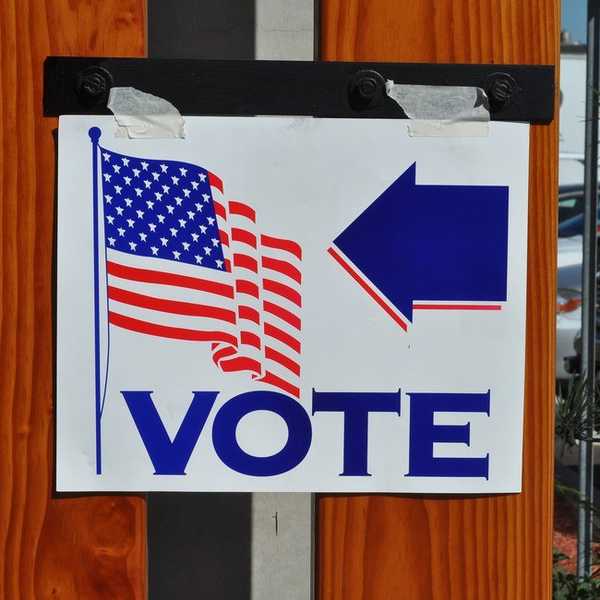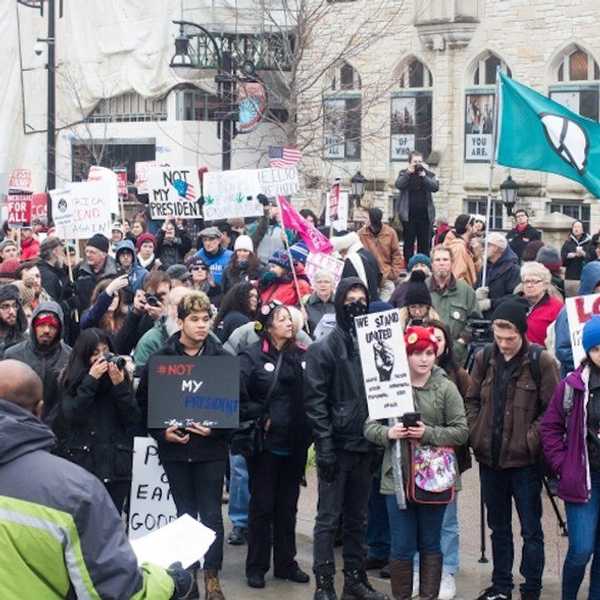We are meeting out first guest speaker: an Israeli peace activist named Yariv Opphenheimer, and he is part of a movement called Peace Now. Peace Now advocates for two nations--Israel and Palestine, which is the classic "two-state solution." However, the idea of a "two-state solution" looks and sounds different depending on who you are talking to; Palestinians have a different idea from Israelis of what two states should be, but even among Israelis and Palestinians themselves, there is disagreement.
Yariv Opphenheimer is an example of this. His perspective of a two state would make many Jews and Israelis angry, and it would also make many Palestinians angry.
To give context, we need another history lesson. After 1920, the British Mandate of Palestine was created. This came about after the French invaded the Arab Kingdom of Syria (which encompasses the land that is now Israel and Palestine AND present-day Jordan), and the British and French had to work out who would get which chunk of land.
In 1919, the British were given control over the land of Palestine and the French over a piece of land called the French Mandate of Syria. A side note: within the French Mandate of Syria, there was an autonomous region called the Jabal Druze State, which was one of the few times the Druze had their own autonomous region (again, we will get to the Druze in a later section).
Anyway, the Balfour Declaration (which was the British government declaring that there should be "the establishment in Palestine of a national home for the Jewish people"), coupled with the creation of the British Mandate of Palestine, led to Arab riots in 1920 and 1921. The British split the British Mandate of Palestine (remember, it's Israel/Palestine and Jordan at this point) into Palestine and a land called Transjordan (today, just Jordan) so that the Jordanian land would be excluded from the Balfour Declaration.
There was nationalism on both the Arab-Palestinian side and the Jewish side. A bunch of quotas were put into action on how many Jews could come into the land under the Balfour Declaration every year, and while Palestinian nationalism grew rapidly and heavily in this land, Jewish nationalism grew urgently in Europe when Jews began feeling hostility by their host countries.
By 1933, there was a growing wave of Jewish immigration into the land under the British Mandate. We will get into the Anti-Semitism of Europe later, when we walk through the Holocaust Museum called Yad Vashem, but by 1948, the world felt there was a desperate need for a Jewish state.
In 1948, there was a war between Jews and Arabs. It is called the Israeli Independence War by Israelis and An-Nakba by Arabs. An-Nakba, or النكبة, literally means "the disaster" or "the catastrophe." Arab Palestinians saw the events of 1948 as the causes of their exodus out of their homes, and they dubbed the war accordingly. You can see how the rhetoric surrounding the same event is so drastically different depending on which side you hear the story from.
The war happened as a result of the British declaring the state of Israel in May 1948; previously, from November 1947 to May 1948, there had been internal conflict between Jews and Arab Palestinians. The War of 1948 saw the invasion of the newly formed state of Israel by forces from Jordan, Egypt, Lebanon, Syria, and Iraq.
In January 1949, the war ended and armistice lines were drawn; these lines were known as the "green lines," which separated the land into Israeli territories and Palestinian territories. The lines were drawn up in accordance to the United Nations Partition Plan in 1947, which is as follows (image from the New York Times):
We see here that the Arab state was proposed to be much larger than it is today. MUCH, much larger than it is today--it decreased as a result of more conflict between many sides in addition to the infamous Israeli settlements encroaching on the what is the West Bank today. Anyway, the history does not get any less messy from here. In 1967, another war broke out. This time, it was called the Six Day War by Israelis (because it only lasted six days) and An-Naksah (النكسة, meaning "the setback") by Arabs.
Later, on our trip, we will hear a touching rendition of this war by Roni while we are at the Banyas waterfalls in the Golan Heights… but we'll get to that later. For now, the Six Day War was when all of the neighboring Arab countries fought against the new state of Israel.
Israeli Defense Forces fought hard, got a bunch of extra land including the Golan Heights and the Sinai Peninsula (and they "took back" the land around Jerusalem, which was previously controlled by Jordan as a result of another dispute), and then eventually gave Sinai back to Egypt on account of a successful peace negotiation.
This was a long tangent, but Yariv Opphenheimer's Peace Now agenda is working to push the borders back to those negotiated after the 1967 War. Here is what that would look like, and you can see how much Arab land has decreased from 1948 to 1967 (image from The End Times Forecaster):
It is basically what many people today believe the borders of the West Bank (the larger chunk of orange land on the East side of the state--we'll get to why it's called the "West" Bank in a hot minute) and Gaza Strip (the smaller "strip" on the west side) are.
In reality, the true Palestinian (Palestinian civil and military control) areas in the West Bank has been decreasing as a result of Israeli settlements that the Israeli government has not put a stop to; of course, there is way more nuance to this issue than currently meets the eye, but we will get to that.
For now, what else does Peace Now suggest we do? Yariv says that Jerusalem should be split into East and West Jerusalem, so that there are two capitals--one for each state in the two-state solution. East Jerusalem has a larger Arab population because of its history. I previously mentioned that Jordan controlled a bit of the area around Jerusalem; in fact, after 1949, Jordan controlled what is today considered the West Bank, and Egypt controlled the Gaza region.
This is because there was no real, established Palestinian government in those regions at the time, and the surrounding Arab nations wanted to keep a hold on whatever they could. Not only did Jordan control today's West Bank region, it controlled East Jerusalem, which includes the Old City. As we have mentioned before, the Old City is very important to a lot of different groups of people, so everyone who wasn't Arab had a problem with Jordan controlling the entire Old City.
The border today between Israel/Palestine and Jordan is the Jordan River. On the East side of the Jordan River is the Hashemite Kingdom of Jordan, and on the West side, there was the region Jordan controlled between 1949 and 1967. Since that part was on the West side of the river, it was the--wait for it--West Bank of the Jordan River! And that is why the West Bank is called the West Bank, even though it is on the East side of Israel--it was originally just known within Jordan as the West Bank of their most important river.
So anyway, both propositions given by Peace Now--the 1967 borders and splitting Jerusalem back into East and West Jerusalem--sound very nice and lovely in theory, but are hard to carry out in action. It would require moving families who are living on the "wrong side of the line" (according to Peace Now) and who have already been living there for decades.
In the end, while I think that Yariv Opphenheimer has a very optimistic view of reality, and while he has tried his hardest to accommodate to everyone's needs and wants, the plan proposed for his narrative of the two-state solution is not very feasible.
In the next section, I will talk about what we did the next day: enter the West Bank!
- I Hope You Find Your Peace ›
- 20 Things They Don't Tell You When You Join The Peace Corps ›
- In Light Of Las Vegas, Give Peace A Chance ›
- Doves Don't Deserve To Be A Symbol Of Peace ›
- Finding Peace In A Split Society ›



















